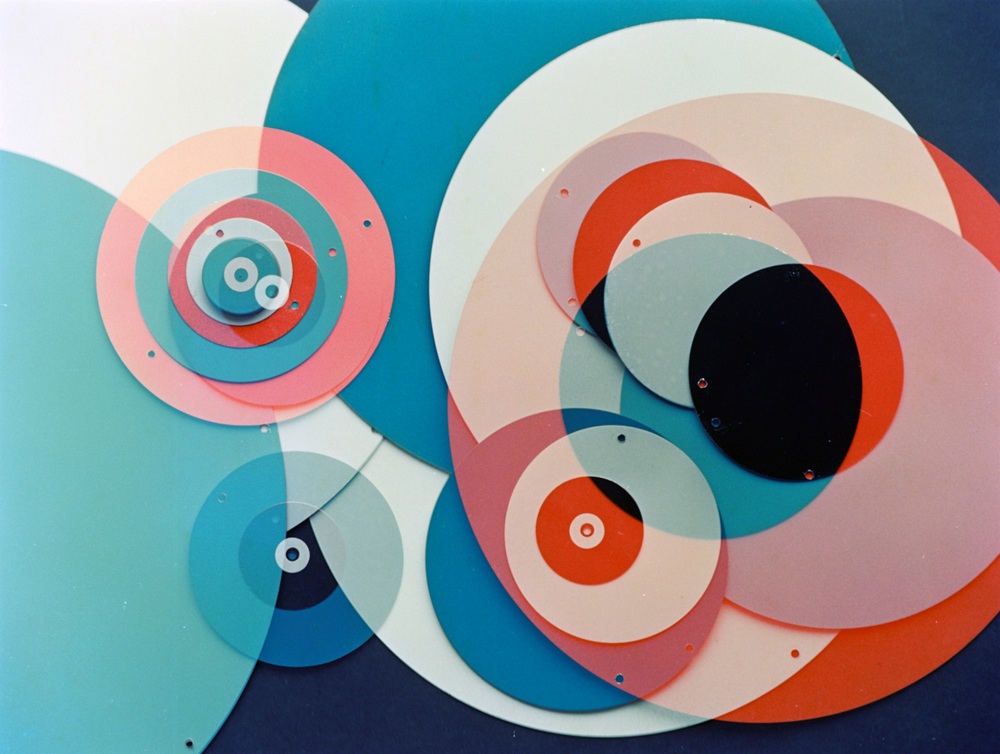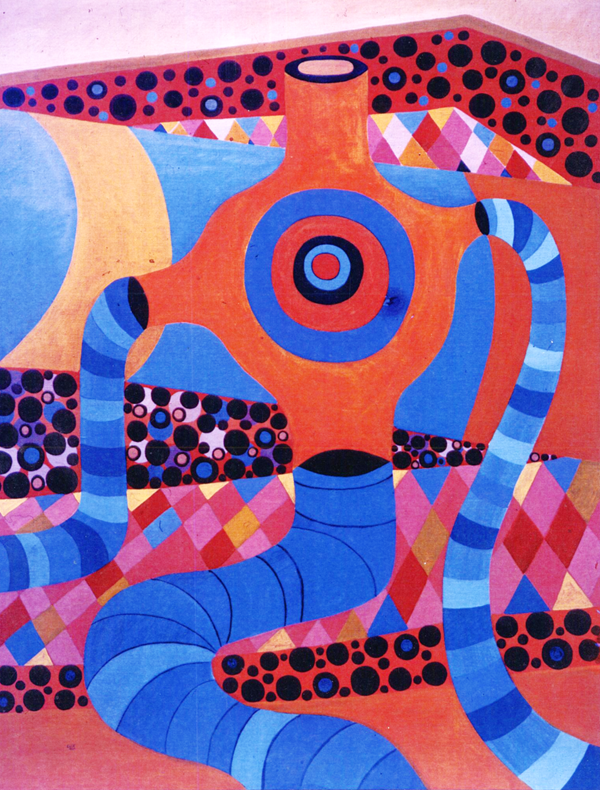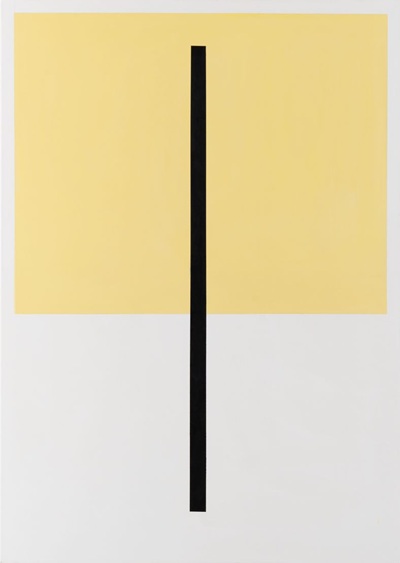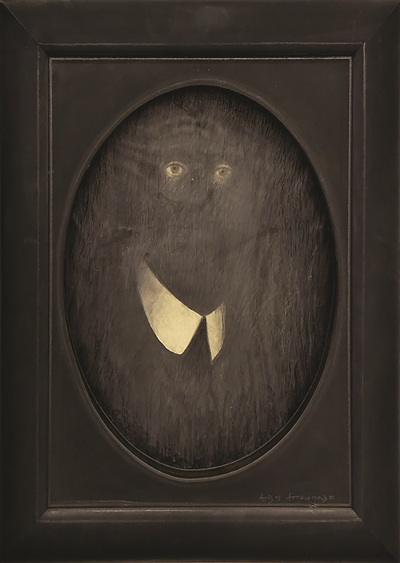
The art historian Maria-Mosha Karatzoglou, notes about the work of Gösta Hellner:
“If one wishes to classify the multifaceted, numerous, produced over a long period, and above all admirable work of the artist Gösta Hellner, one can use various categories: one can divide it according to size and material, into wall-mounted works, which themselves are distinguished into purely painted works and techniques incorporating collage, weaving, readymade, and photography (which the artist was familiar with and had rendered at the highest technical and artistic level in his parallel work, that of photography), or other wall-mounted works based exclusively on these techniques, as well as constructions and small and larger sculptures. Alternatively, using the criterion of proximity to naturalism, one can recognize works with a relatively small or quite large degree of abstraction. Furthermore, based on inclusion in an art movement (or rather reference, since Gösta Hellner’s works are a category of their own), one can speak of works that at times, with their freshness, incorporation of chance, pronounced atemporality, and subtle humor, refer to the Nouveau Réalisme movement and artists such as Arman, César, or Niki de Saint Phalle; at other times, works that, through the interaction they create with the air and the viewer—who can intervene in them—evoke kinetic art artists like Alexander Calder or Takis; at other times, works that create optical illusions, following the examples of representatives of Op Art such as Victor Vasarely; at other times, works that, with their indirect but clear critique of the commodification of art, the criminal overexploitation of environmental resources, and the use of “lowly” materials, refer to conceptual art, e.g., Arte Povera or Junk Art and the “trash people” of HA Schult; and finally, works (mainly those that could be called borderline applied arts, such as dolls), which, far from the vulgarization of industrial products and with attention to detail, bring us closer to the demands for unification and democratization of art of the Arts and Crafts movement or even the Bauhaus.”

In her turn, curator Anna Petropoulou focuses on the exhibition that will take place from 25 June to 25 July 2025:
Gösta Hellner never stopped creating, resulting in an enormous body of visual work. The transformation of matter, colors, and ideas is evident throughout his entire artistic career. His works are neither “heavy” nor static. They are particularly original and timeless. Most are kinetic and ever-changing. Even those that do not move create the illusion of movement. Throughout his work, influences from European movements such as Bauhaus, Junk & Recycled Art, the Arts and Crafts movement, and others can be discerned. Therefore, beyond the initial impression of playfulness and joy, these works have deep roots in the cultures of many peoples and traditions. They are the result of profound research, study, and internal process, touching on ethnology and universality. This retrospective exhibition of Gösta Hellner, held with the support of the Organization of Culture, Sports, and Youth of the Municipality of Athens, highlights—due to the vast volume of his work—only certain aspects of the oeuvre of an imaginative artist. In the welcoming space of the Arts Center, the curator can only selectively showcase his rich and multifaceted work.

Exhibition Duration:
25 June through 25 July 2025
Opening Hours:
Tuesday-Friday 11:00-19:00
Saturday- Sunday 10:00-15:00
Admission is free
Curated by:
Anna Petropoulou
Myrtia Hellner
Music:
Anastazios







Leave A Comment